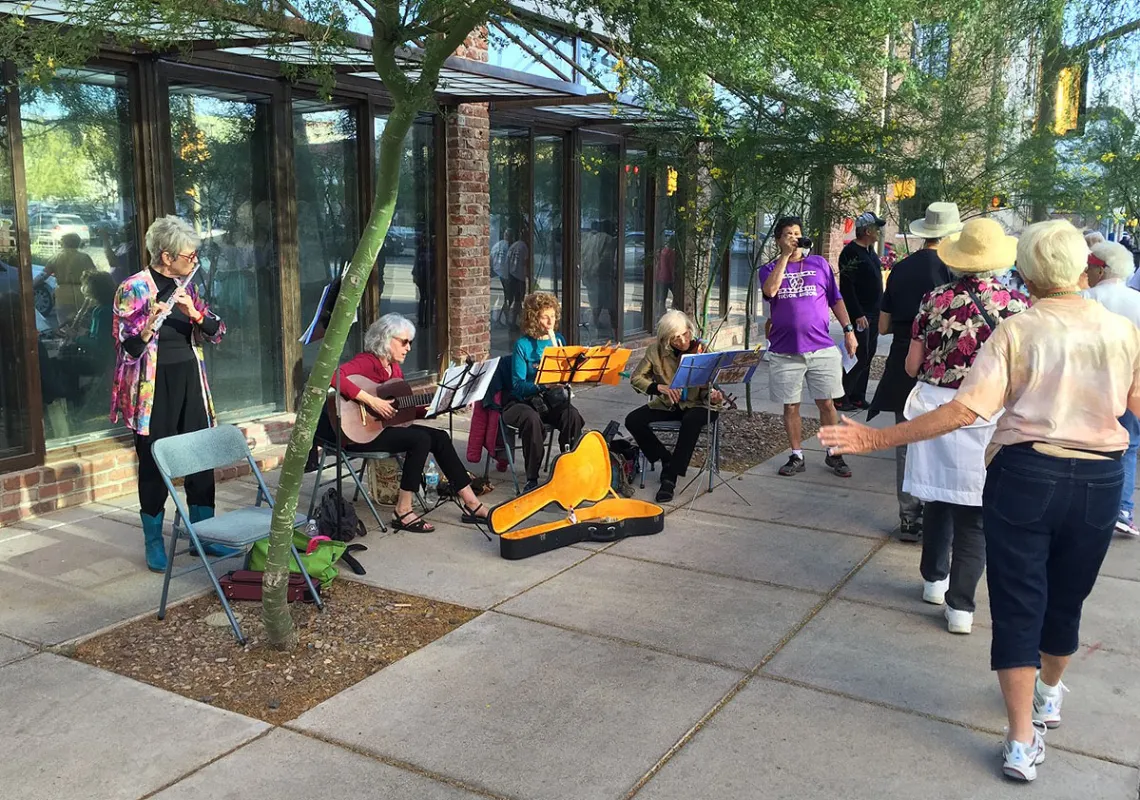How your neighborhood may impact your health and wellbeing

How physically active are you may depend, in part, on the design of your neighborhood. Udall Center researcher Adriana Zuniga-Teran and her coauthors examined the effects of four different neighborhood designs on physical activity and wellbeing, including (1) traditional development, (2) suburban development, (3) enclosed communities, and (4) cluster housing.
Results of this study suggest that people who live in traditional developments are more likely to walk and bike. Those who live in suburban developments are more likely to have a higher level of mental health; and residents of cluster housing are more likely to interact with their neighbors and feel safe from crime. People who live in enclosed communities did not show outstanding wellbeing benefits. In addition, individuals who reside in a neighborhood with trees also reported interacting with neighbors and feeling safe from crime, in significant correlations. The team published this study in the International Journal of Environmental Research and Public Health.
[Article from UANow here]

